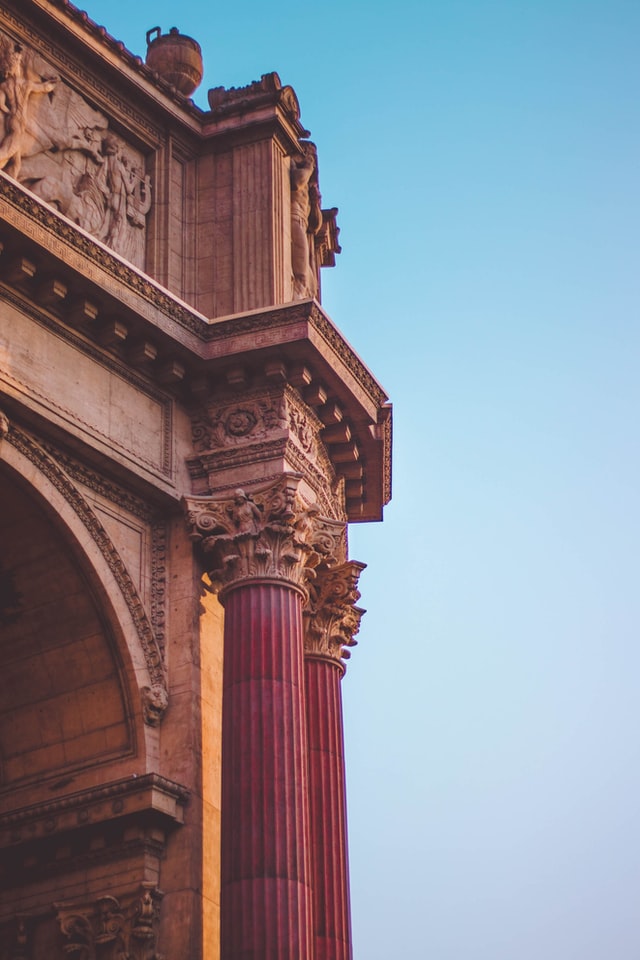- Home
- Services
- Gallery
- Locations
- About Us
- Contact Us
- Blog
- Structural Defects
- Subfloor Framing & Insulation
- Cooking Ventilation and Tools
- How to Tell if Water Damage is New or Old?
- Can You Put Drywall In The Recycle Bin?
- Can you paint drywall without texture?
- Can You Put Drywall In The Recycle Bin?
- How much does it cost to paint trim and doors?
- How to Tell if Water Damage is New or Old?
- Other service
History of San Francisco
This is an excerpt from the Book called “Victorian Homes of San Francisco” by Terry Way. Continue reading to learn more about History of San Francisco, thanks to the author.
San Francisco’s History
The city, as it is known in the Bay Rea, is not all that old as far as great cities go. The hilly, wind-swept city by the bay was only seriously developed around the Gold rush period of the late 1840s. An April 1847 census of San Francisco (then called Yerba Buena, named by Missionaries for the abundant, mint-like herb found in the region) reported the town consisted of seventy-nine buildings including shanties, simple frame houses, and adobes. The Gold Rush in the foothills put San Francisco on the map and California on the fast track to statehood. By December 1849 the population had mushroomed to an estimated 25,000. The massive influx of fortune seekers Americanized the once rural Mexican province. The city of San Francisco developed at a frantic pace. Marshlands were filled with sand to create more area to build. The City was hastily laid out in the standard checkerboard grid pattern, as the steep terrain must have been incredibly challenging for construction. Land speculation made many men rich while architects and contractors (oftentimes one and the same) swarmed the rapidly expanding new city. Quite a few of these builders were European and they brought with them a sense of style and history not yet seen out West.

It has been said that San Francisco is one of the last Victorian cities. It came of age during the reign of England’s Queen Victoria (1837-1901) and during this period went from a barren, hilly, windswept, disorganized shantytown to being the most distinguished city on the American West Coast. It was a remarkable time in history with radical new advancements occurring in science and technology and this translated to home building as well. New milling techniques allowed structures to be constructed faster and with more artistic characteristics. At the time, redwood was cheap and plentiful and builders found it relatively easy to mill and cut. One of the most significant aspects of redwood (which they probably did not know at the time) is that it’s bug and rot resistant. This is the main reason we have any of these early structures around today. The great earthquake and the subsequent fire of 1906 destroyed much of the architecture from the era. Lost were many of the massive mansions and block upon block of buildings. Pre-quake photographs give us an idea of the grandeur and opulence of Victorian San Francisco. Remarkably, San Francisco was quick to rebuild and reclaim some of its former glory. Although the Victorian era had moved into the much shorter Edwardian period, the existing Victorian homes became synonymous with San Francisco.
It is somewhat ironic that Victorian architecture has become iconic to the image of today’s San Francisco. From the day these structures were built to present time, they have had their critics. Early writers ridiculed their design as dysfunctional and overdone—too much needless detail work of showy form before function. For many, it seems as if these homes were the McMansions of the day. In later decades, urban renewal and the desire to update The City saw the demolition of hundreds of Victorians in an effort to modernize. To some, these old Victorian homes were out-of-date relics not fit for living, let alone restoring.


The original Victorians were mostly solid white or grey. They were far easier to paint, but lacking in originality. Their architecture alone probably made them seem unique enough. Future decades saw more color being added, with frim details getting painted in highlighted shades. The 1960s sparked a new movement to repaint and revitalize Victorian homes in San Francisco. The hippie enclave of Haight/Ashbury led the way with a wild new style. As was in line with the times, no combination of colors seemed too outrageous or flamboyant. In fact, this flamboyance was the trait that brought Victorian homes back to attention. Owning a “fancywork” home was fashionable again. Bragging rights and neighbour-hood pride were at stake as Victorians across The City were painted. These colourful homes became known as “painted ladies” and the name fit right in with San Francisco’s equally colourful history.
Theses painted ladies are now becoming high-class women of vintage style—less “in your face” and more cool with grace. They exist in a time unimaginable to their builders and early occupants. Like a fine wine, these beauties have gotten better with age.


